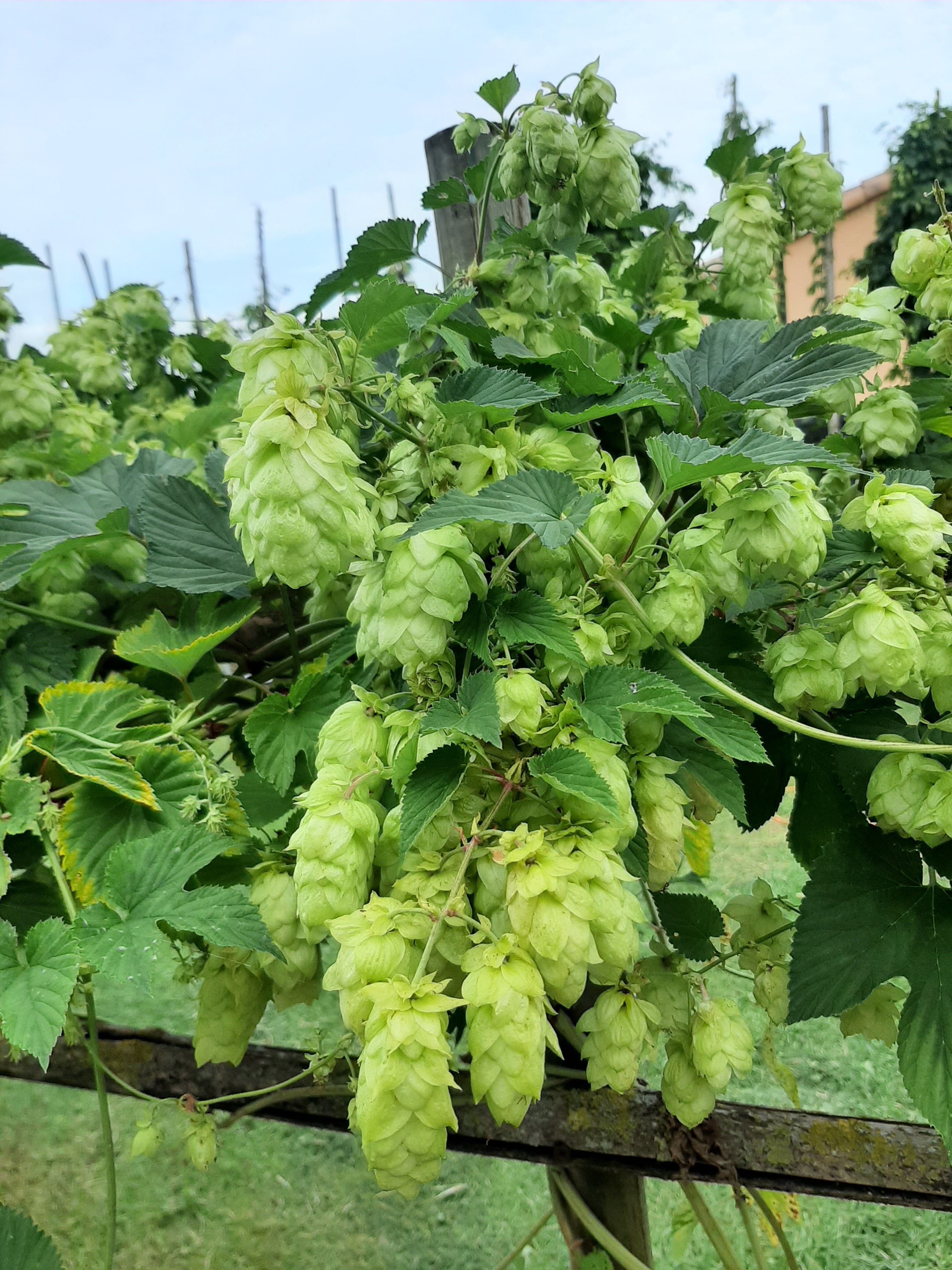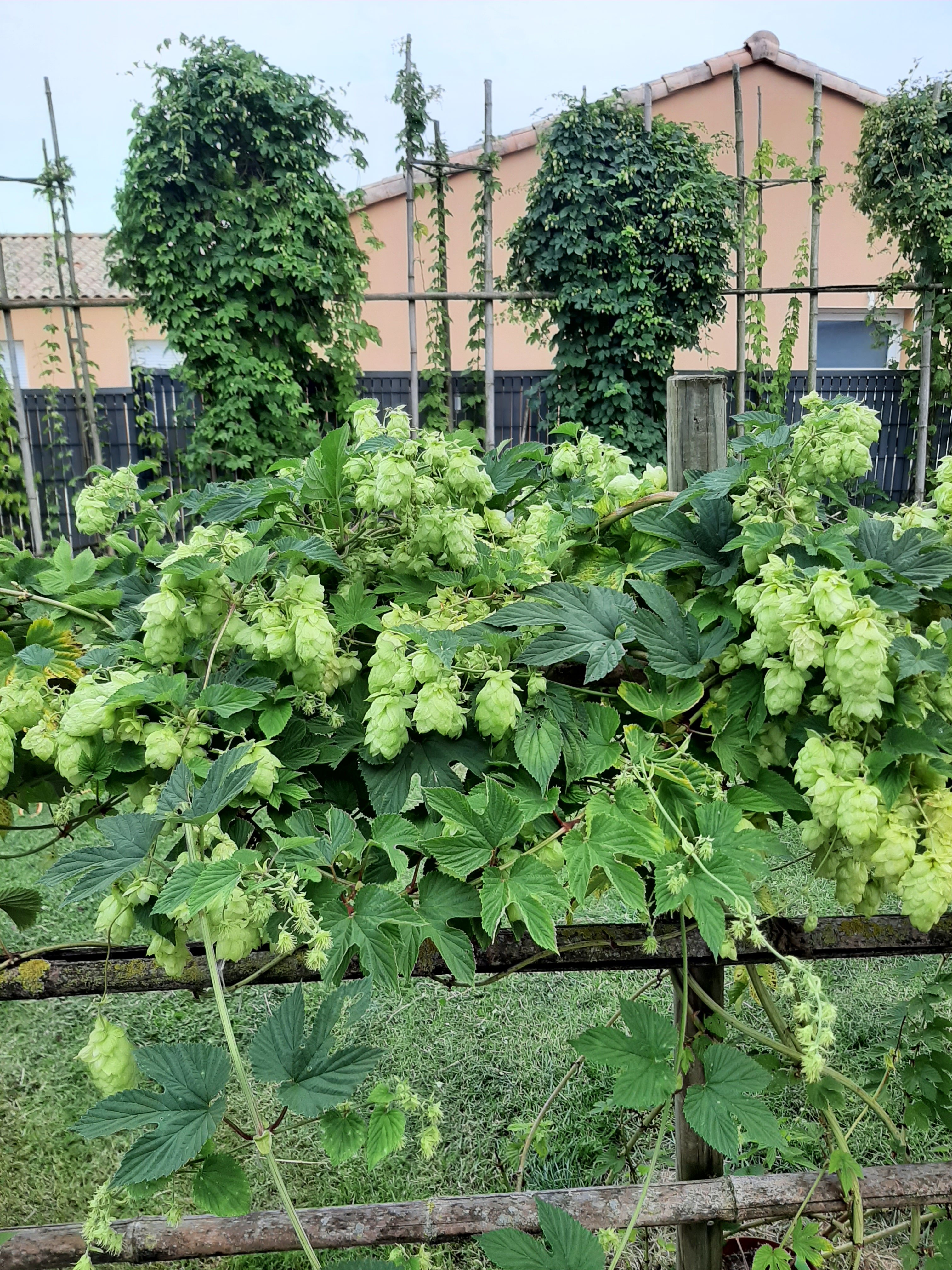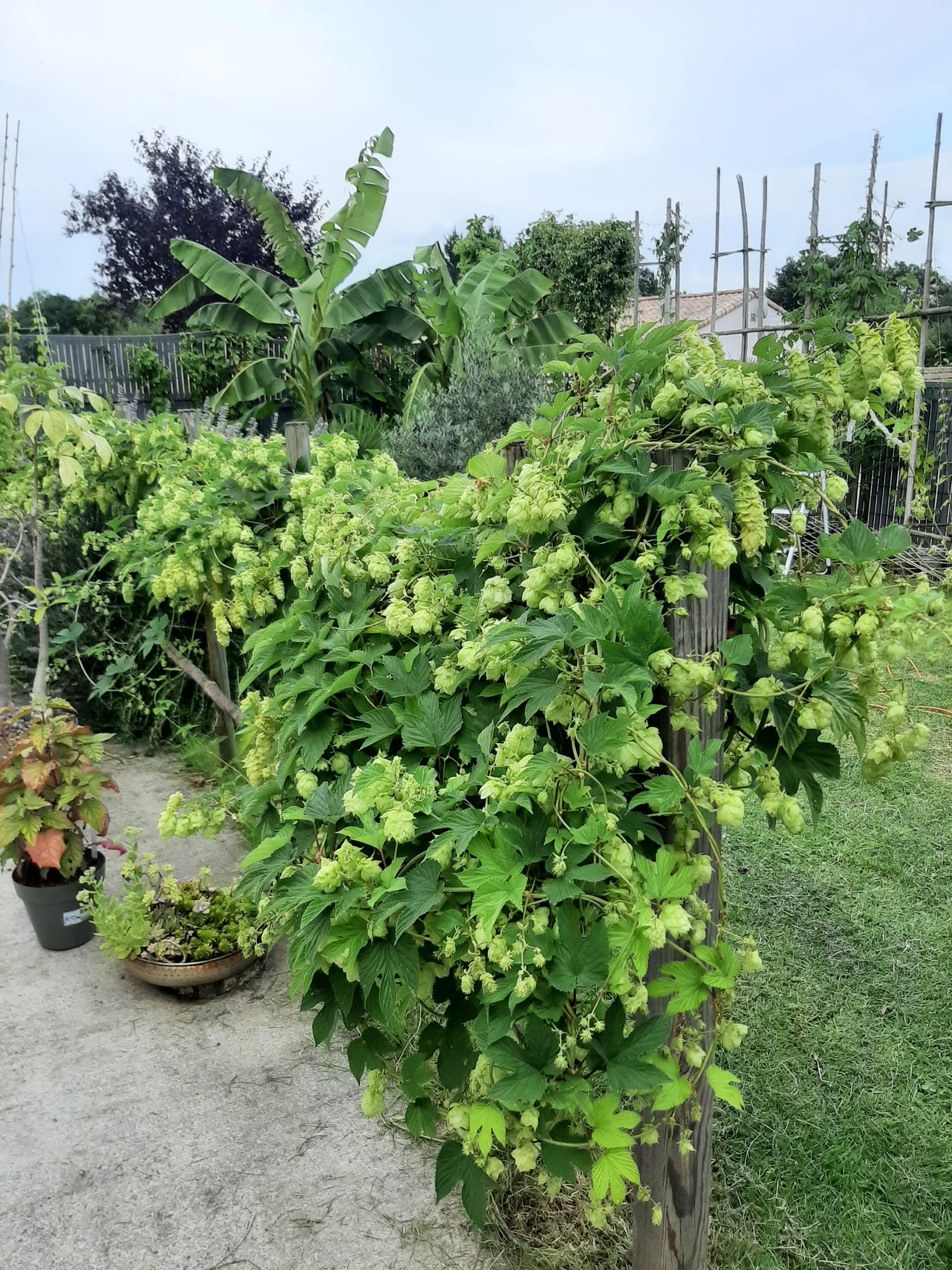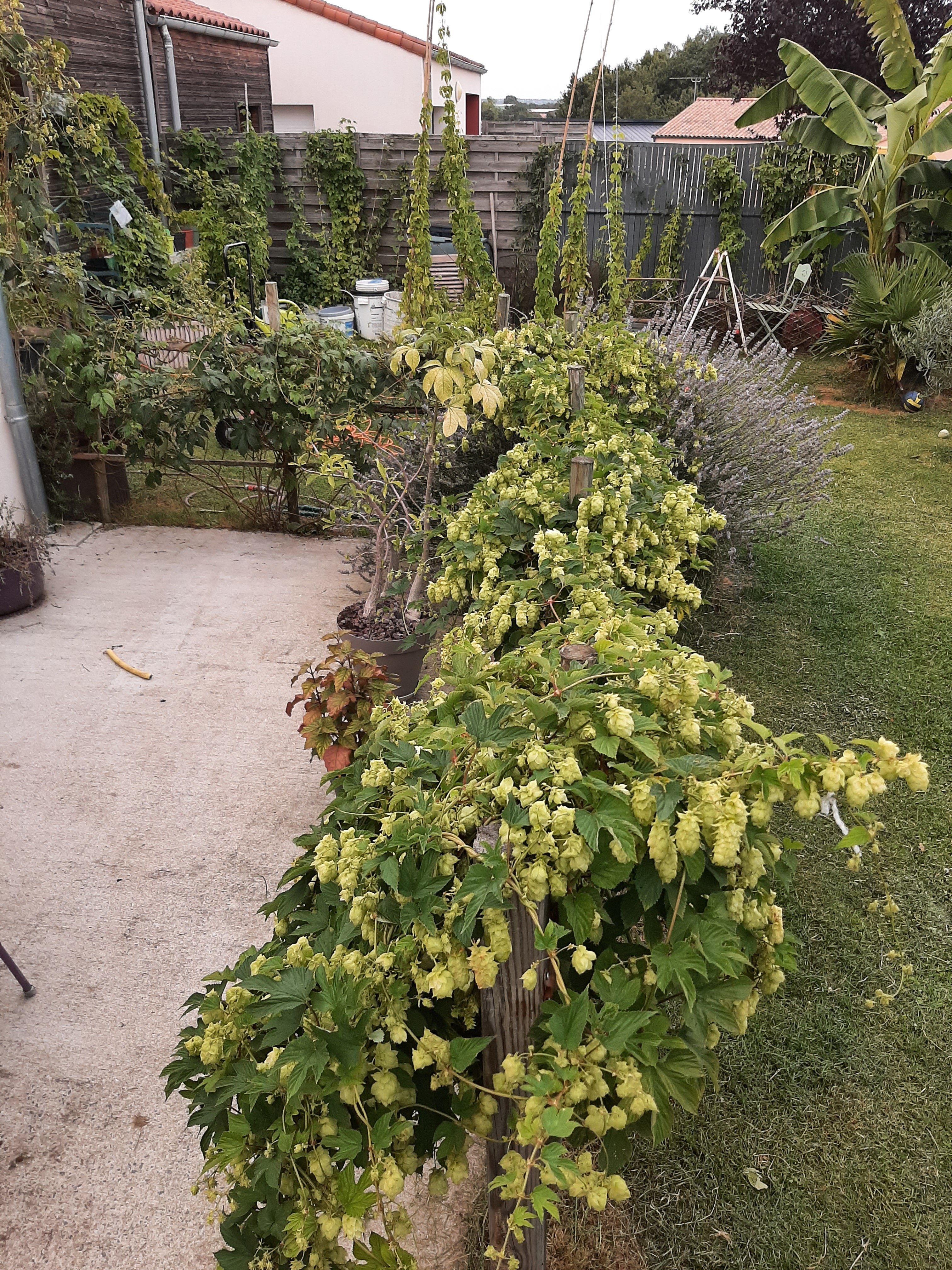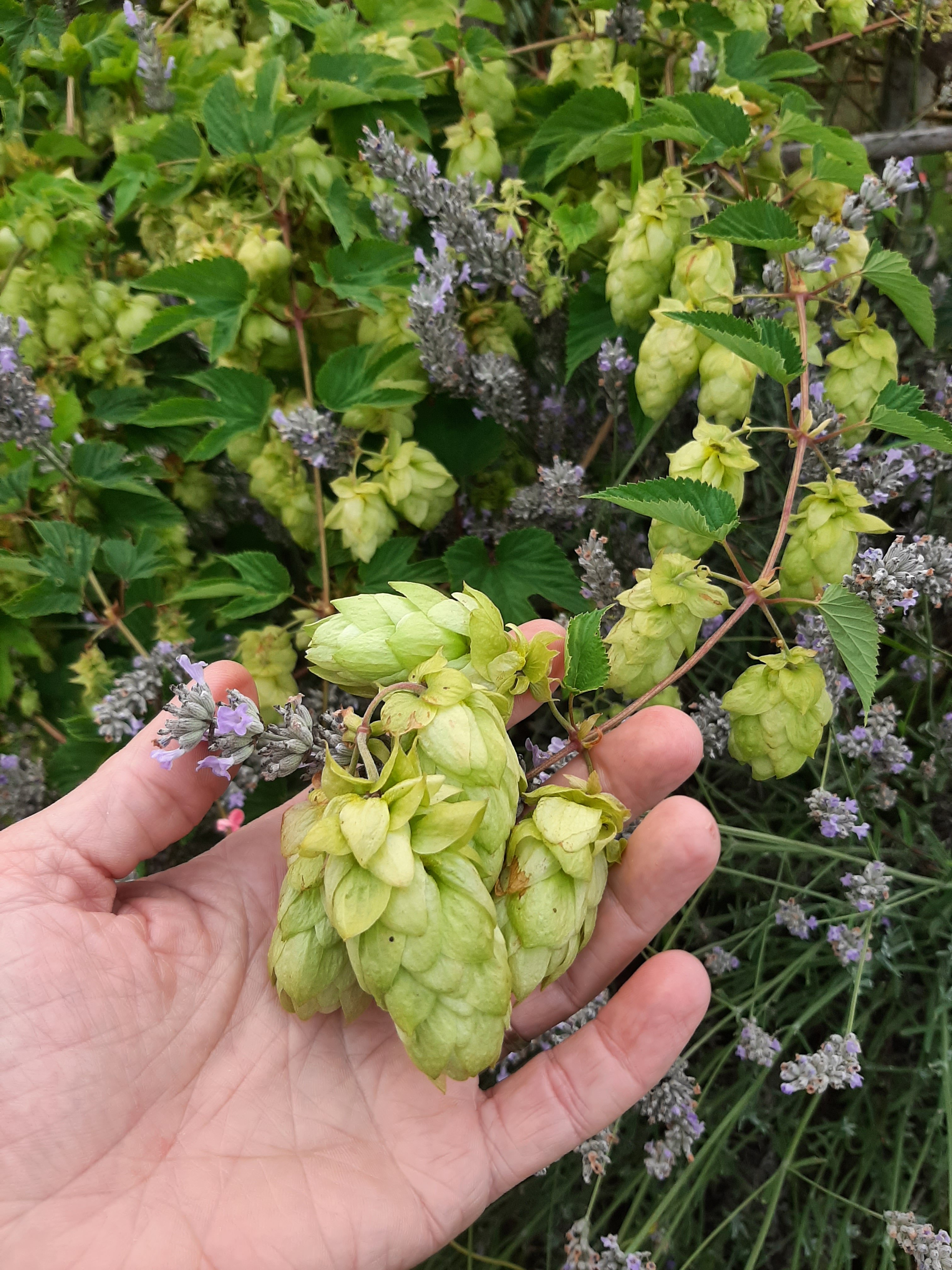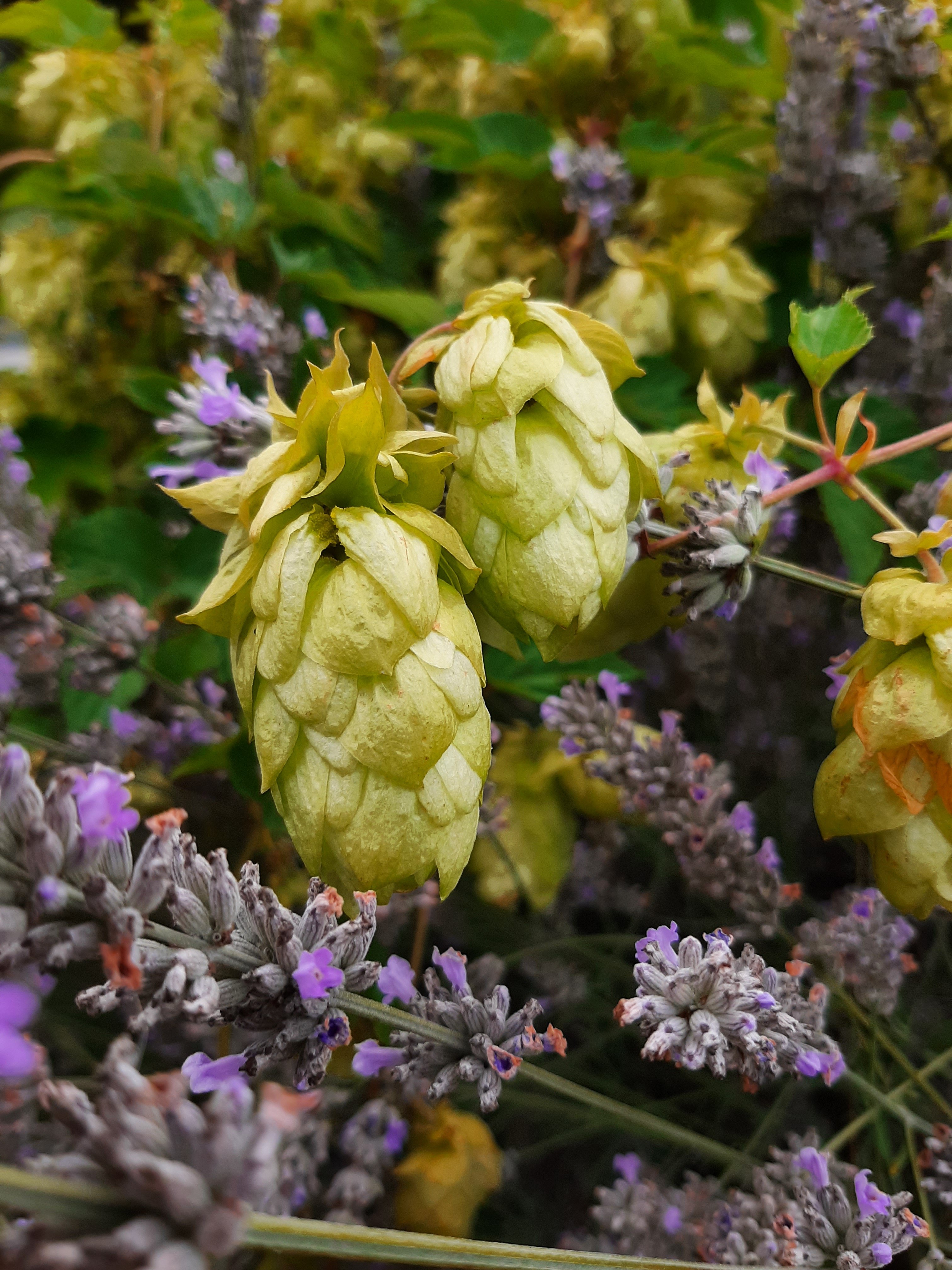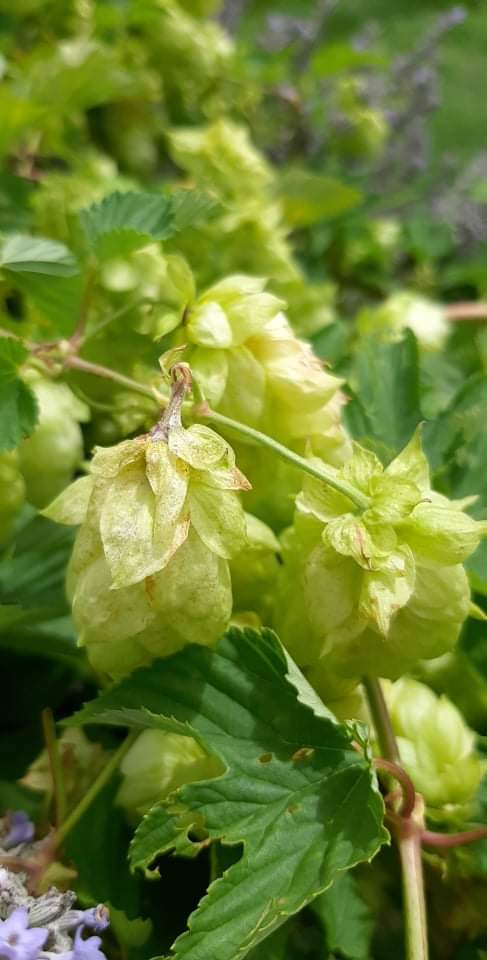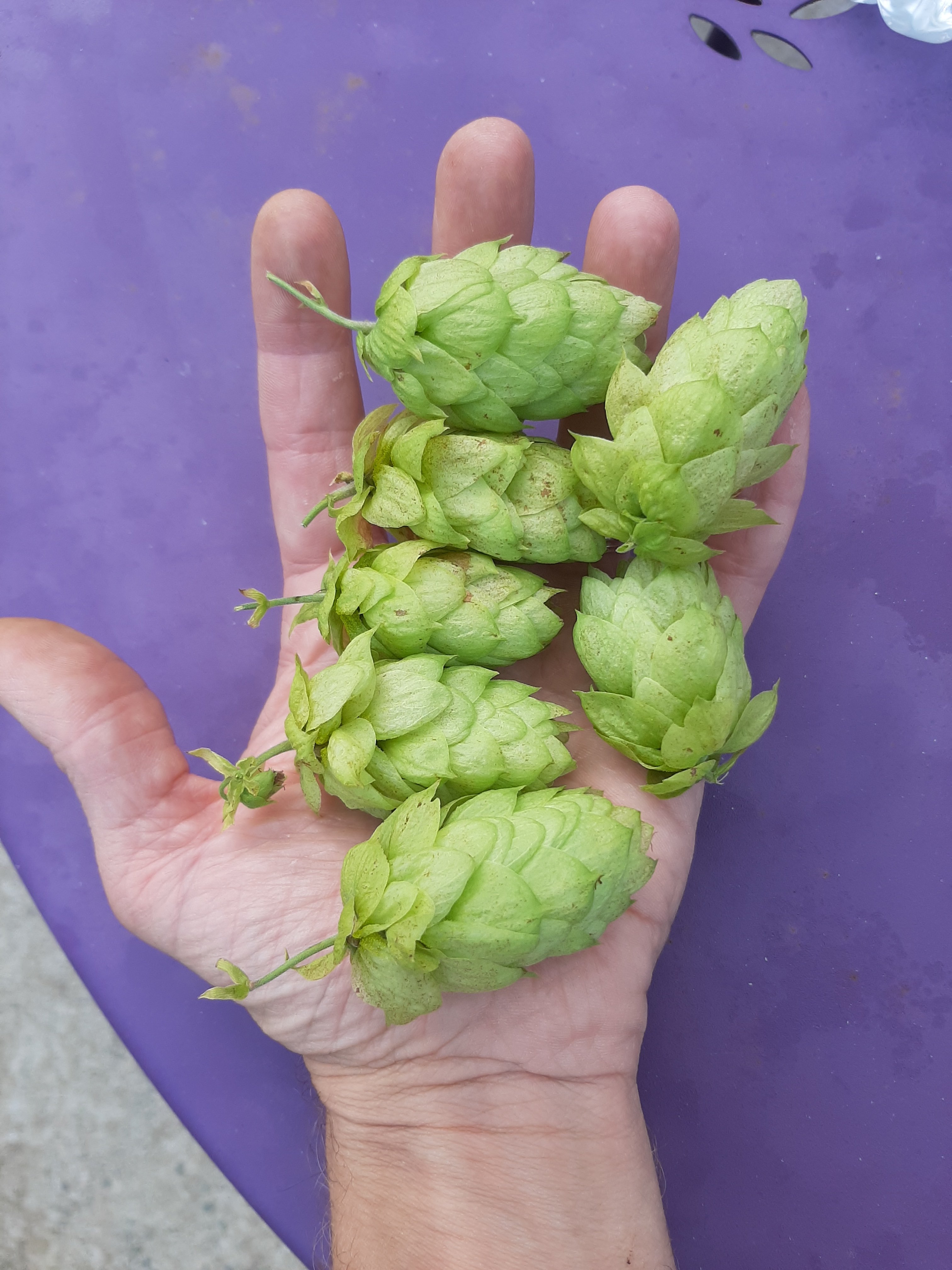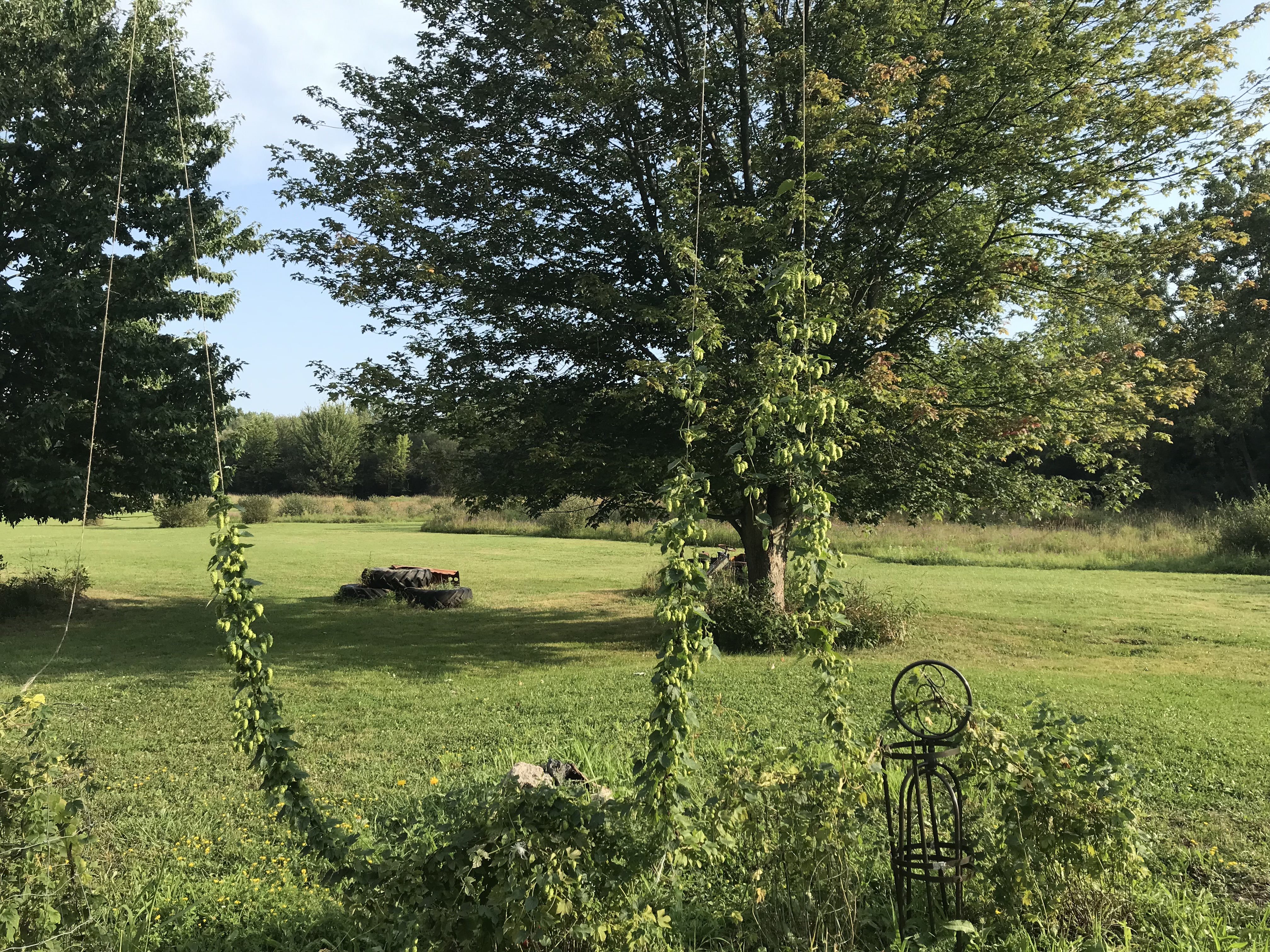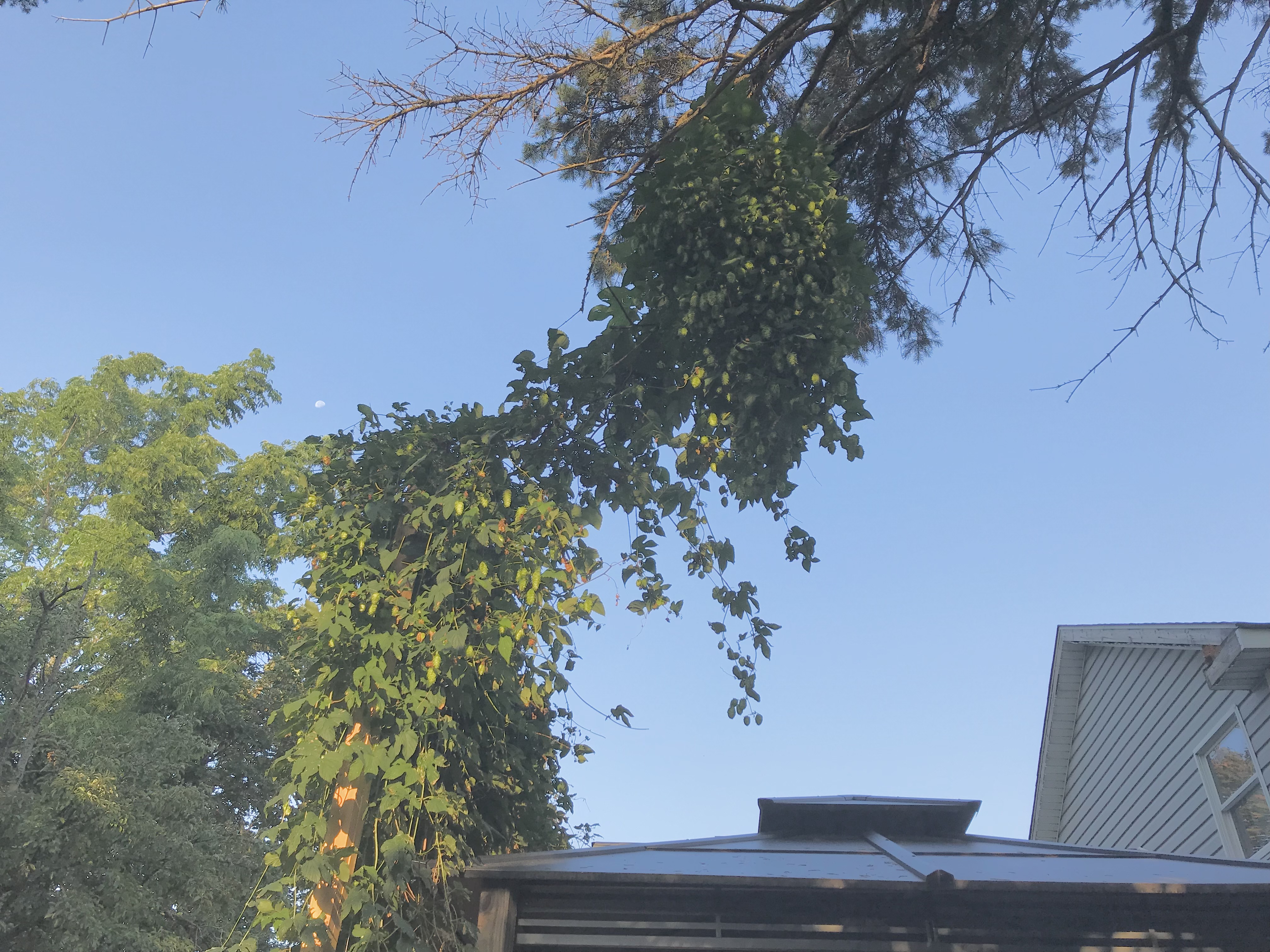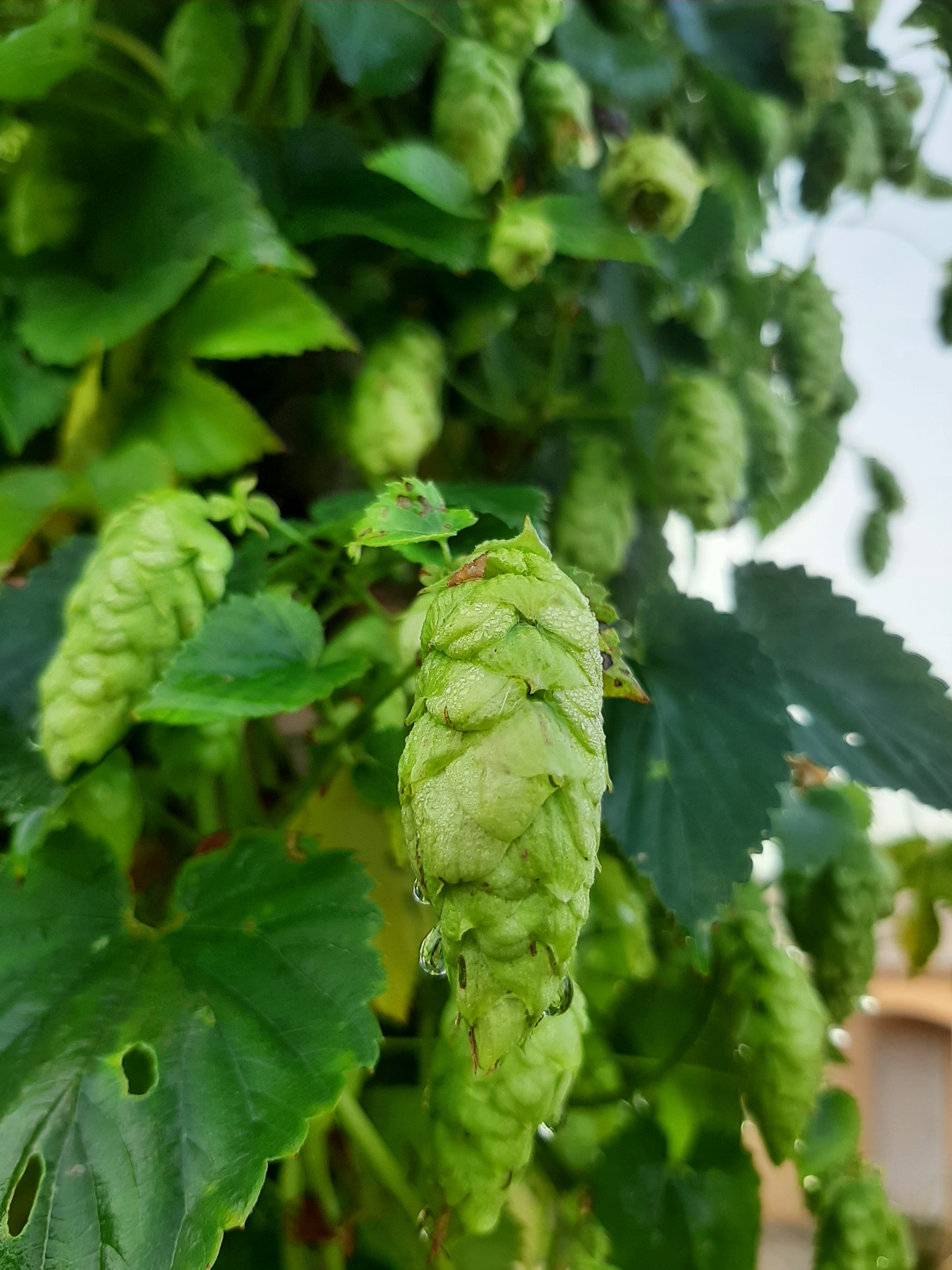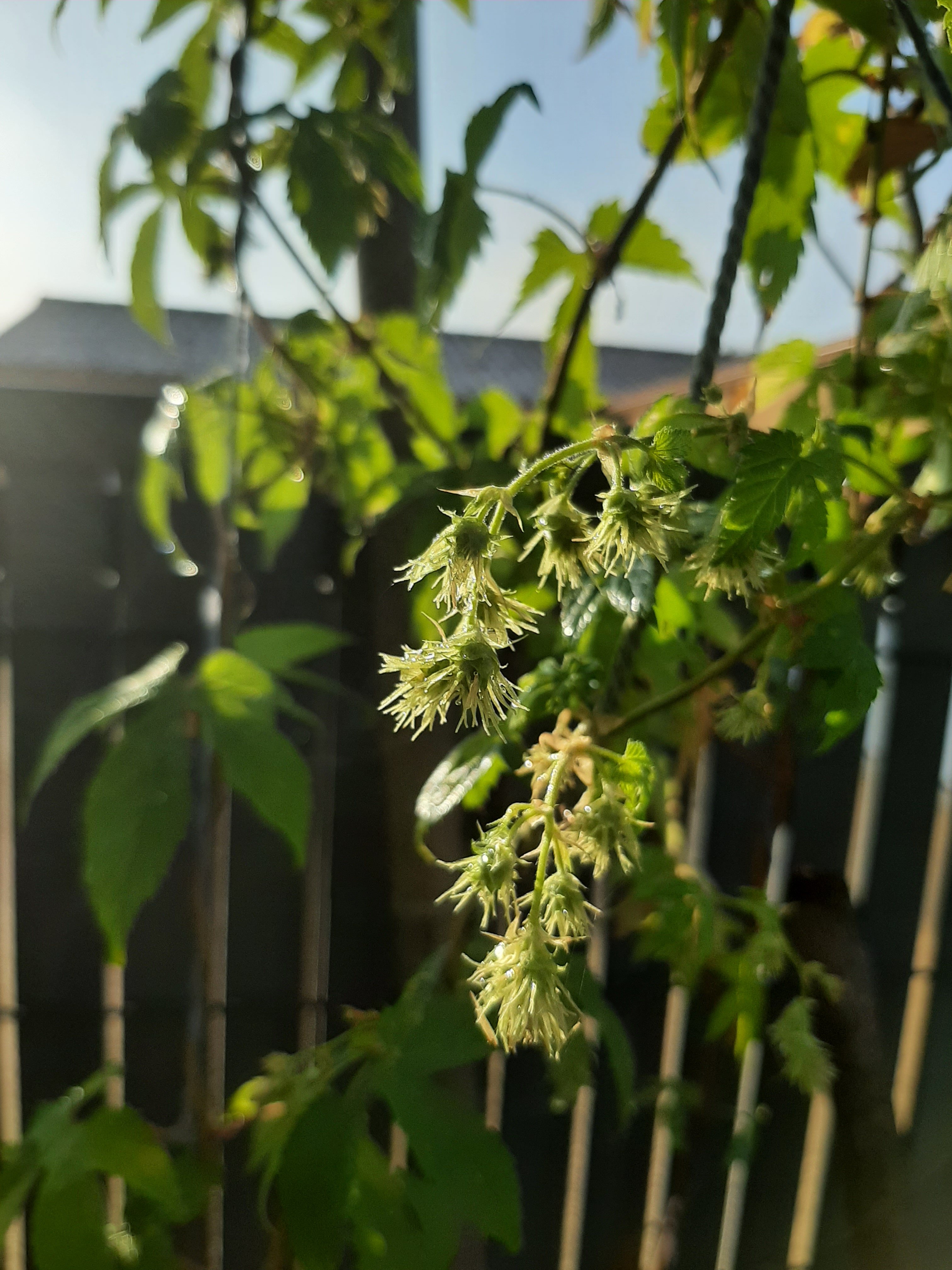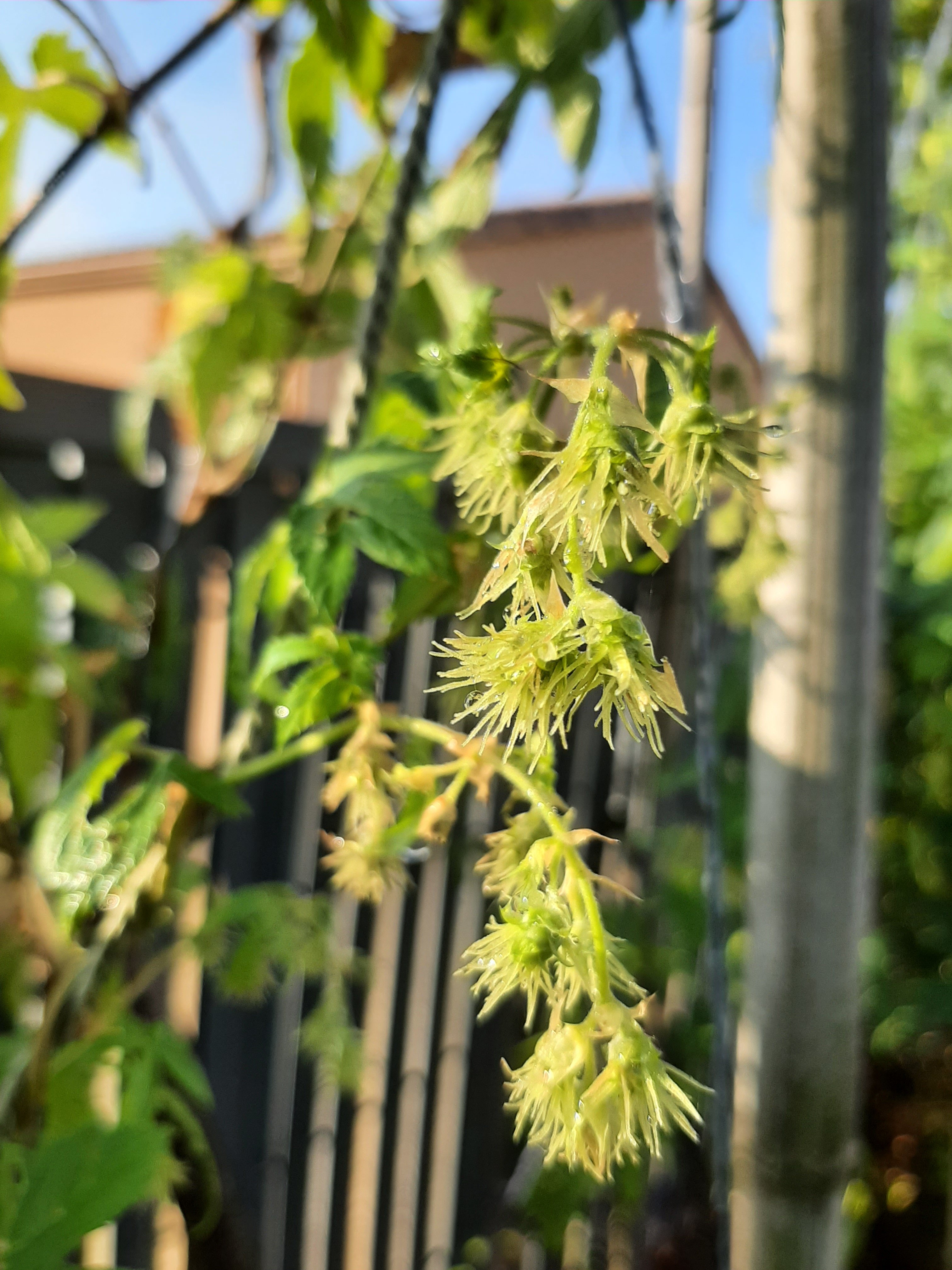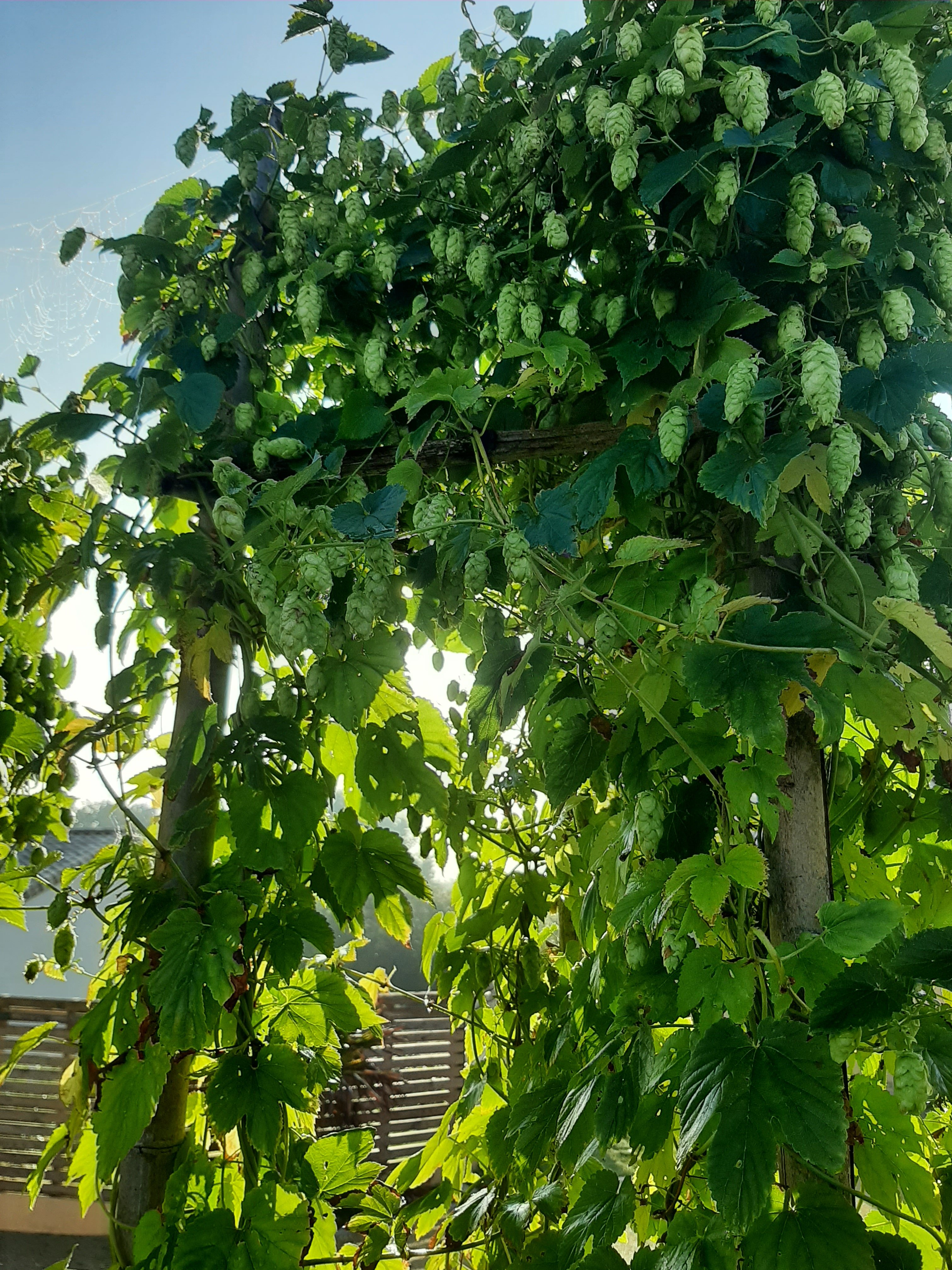Heh, I'd not seen
this recent paper from Bill Bauerle at CSU Fort Collins, which suggests the traditional wisdom in Ray Neve's book is wrong about hops needing vernalisation. Growing Cascade, Cashmere, Centennial, Chinook, Columbus, Galena and Willamette in artificial growth chambers that allow 4 growth cycles per year, he suggests that vernalisation has little to no effect, it's all about daylength. (see
the classic paper from Thomas & Schwabe at Wye for more on that, if you have access).
It could be a cultivar-specific thing, Neve was working at Wye with European varieties, and it seems Bauerle did see a bit of an effect with Cashmere (or at least, he didn't see a statistically-significant null effect). My impression from this forum is that European varieties don't do as well in the more southern parts of the US as the US varieties, and so that could be part of it. Or they could just have a "harder" daylength requirement - certainly the fact that the South African varieties have broken the daylength requirement altogether suggests it can be manipulated.
But broadly - you need to ensure you have enough growth early on to sustain the burden of flowering, and then keep that growth happy through the flowering season. And yeah, neomex genetics will probably work better for you.



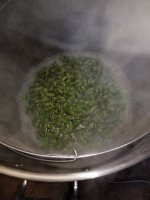

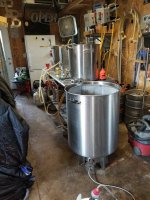
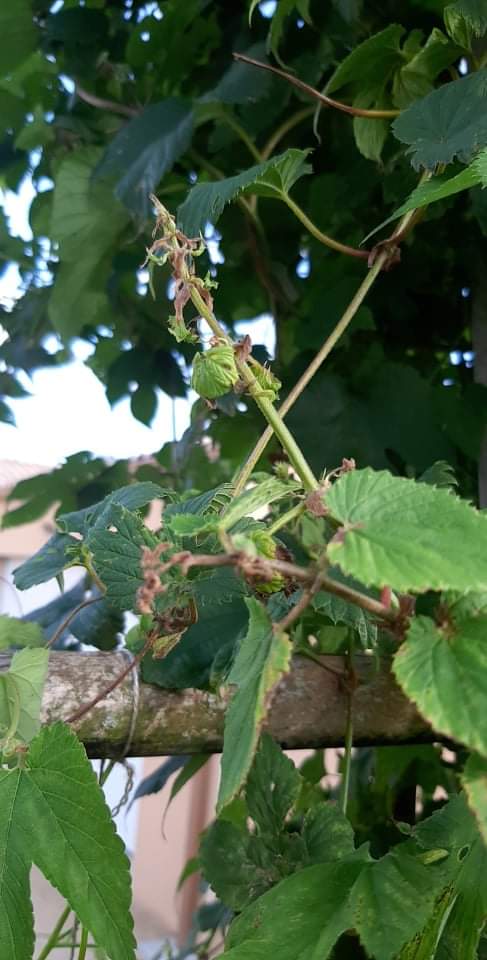
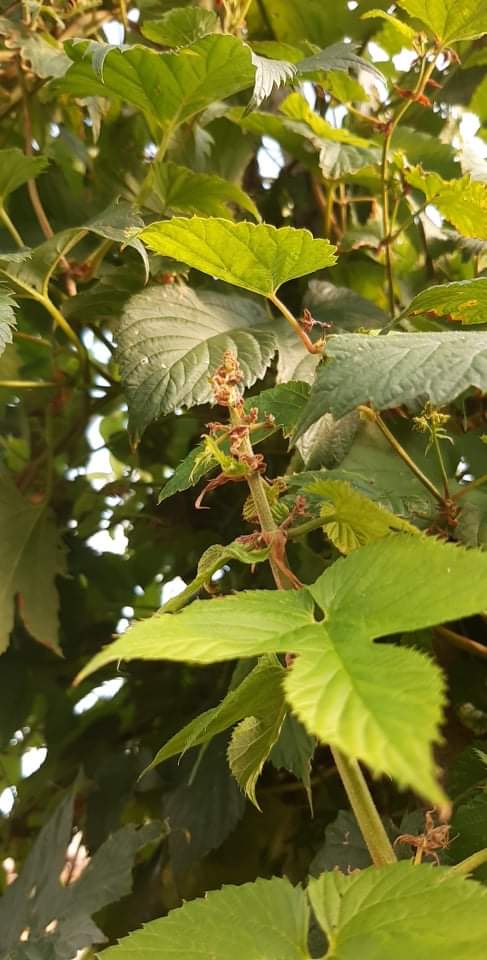
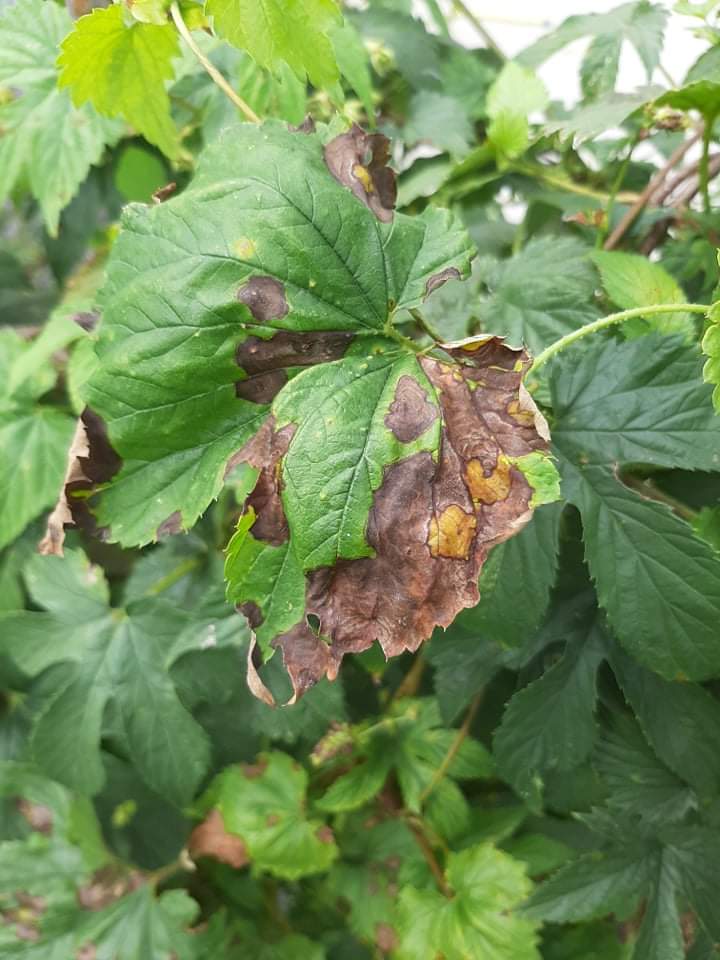


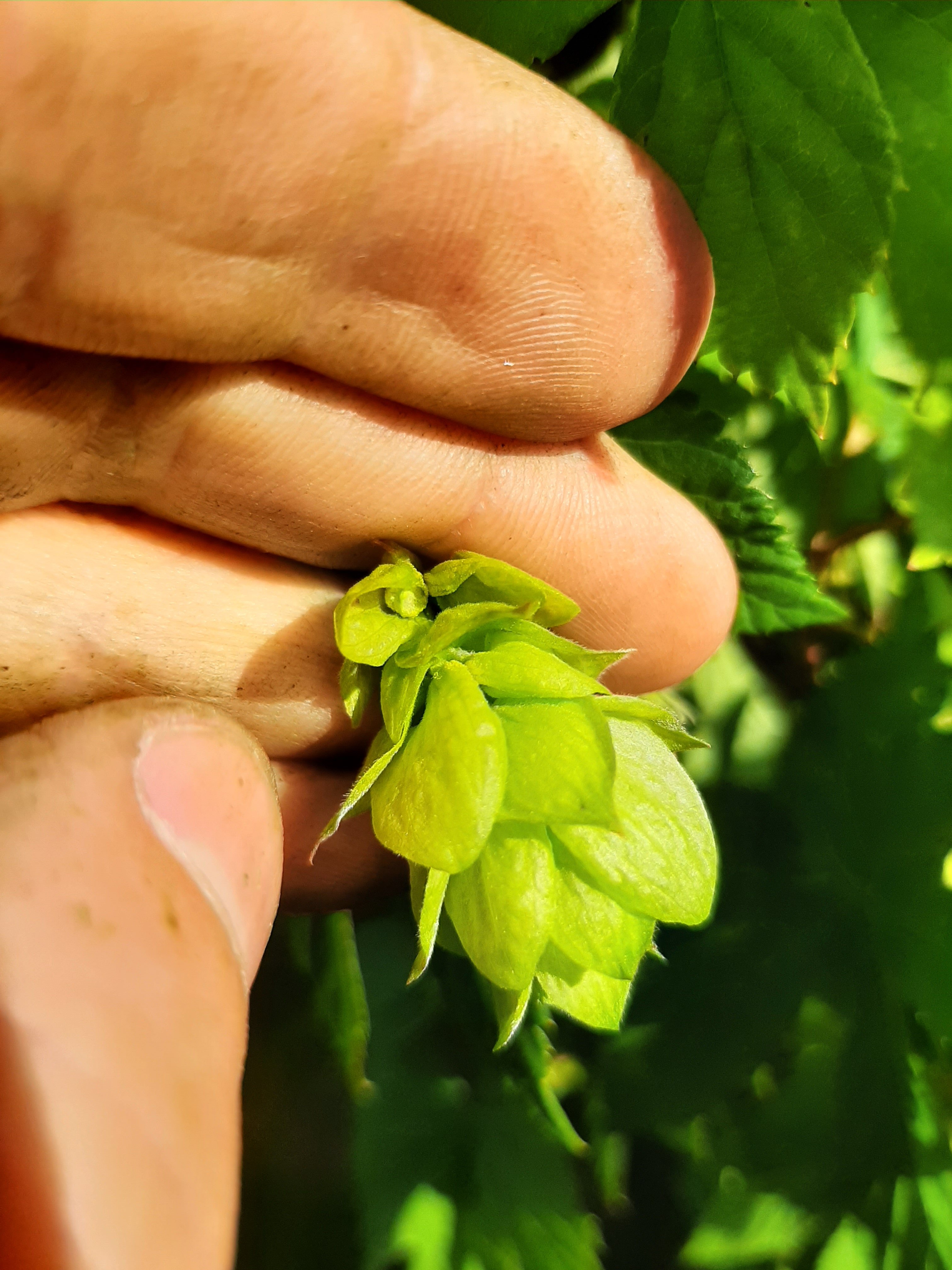
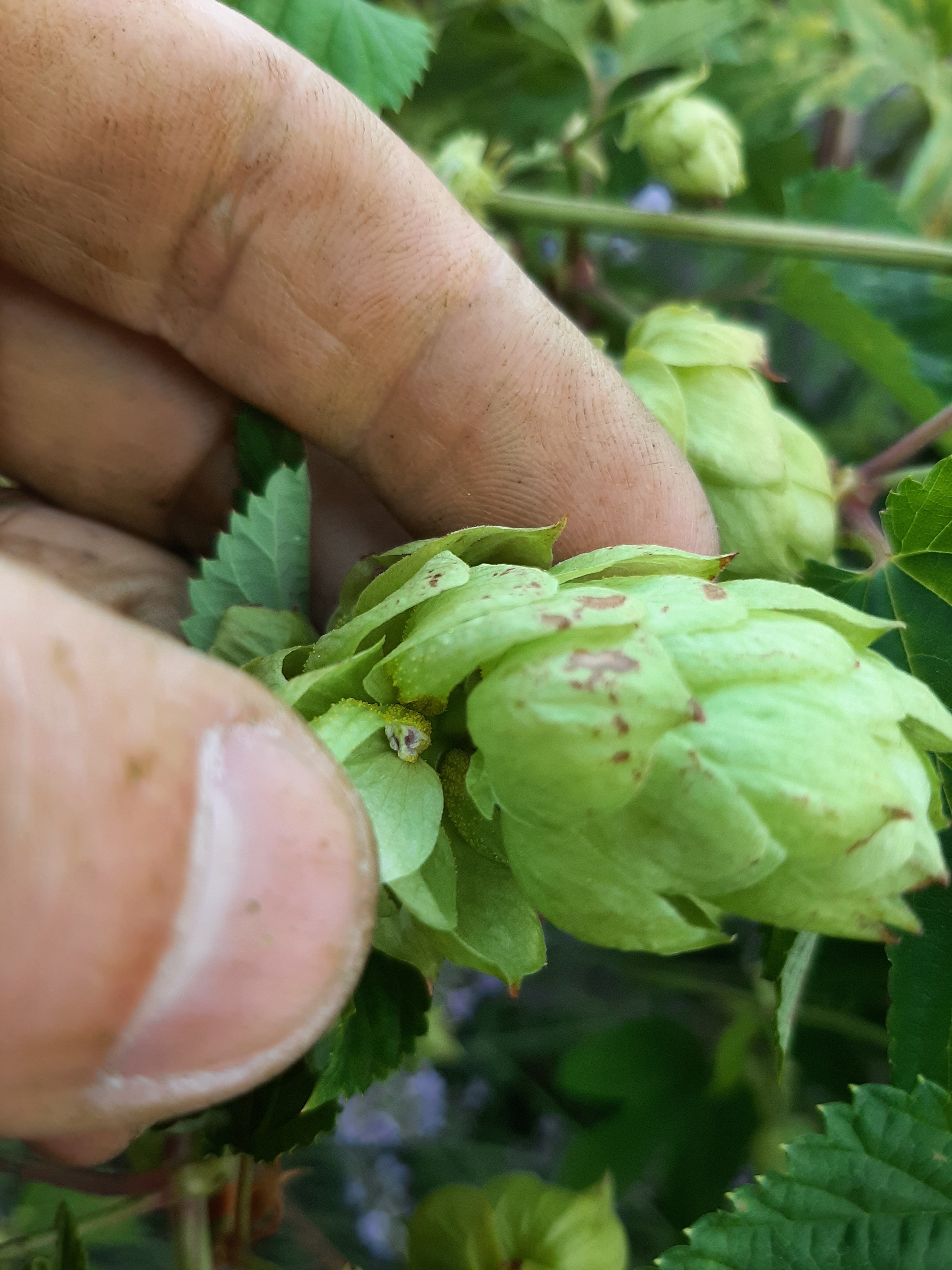
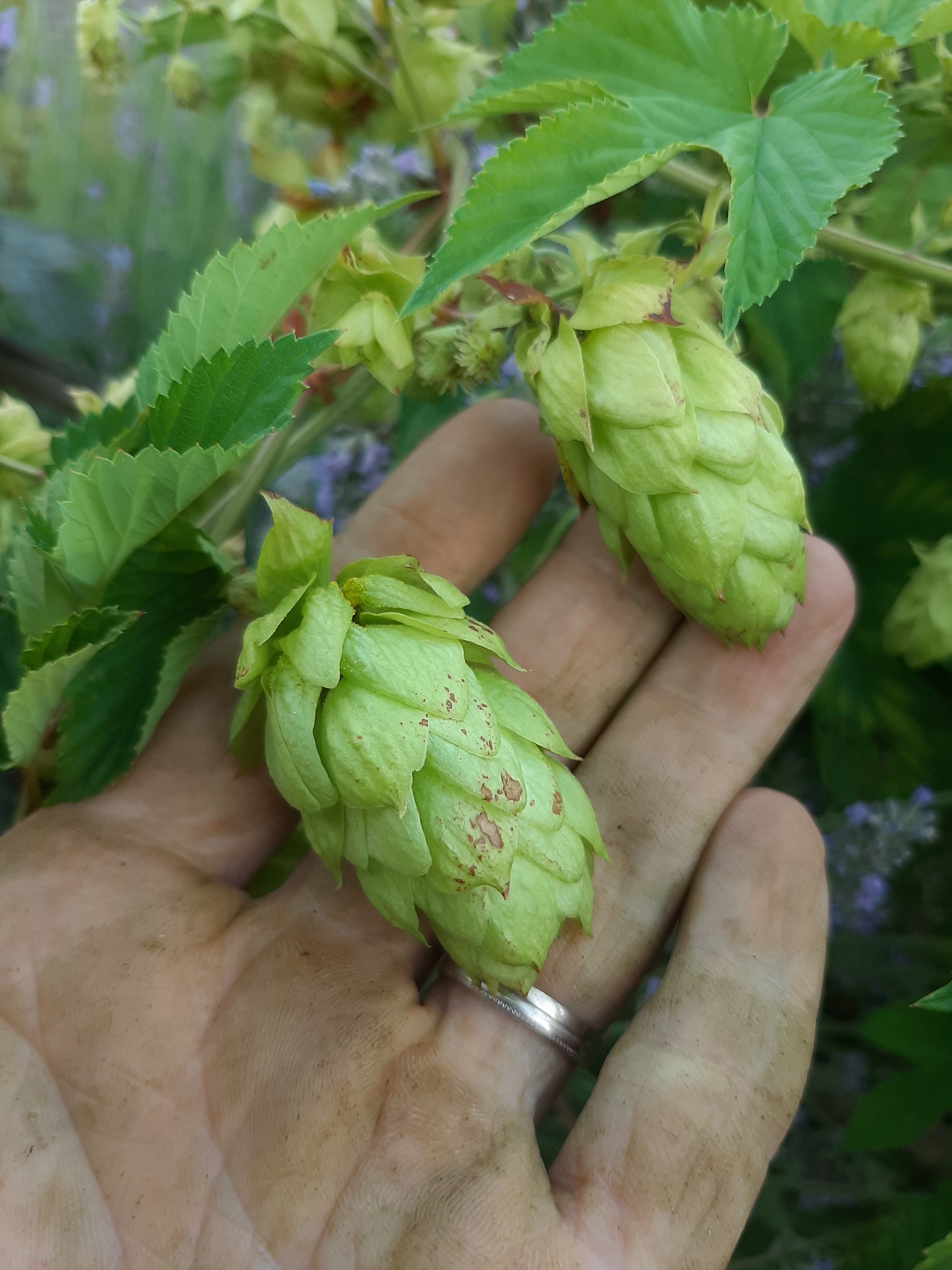
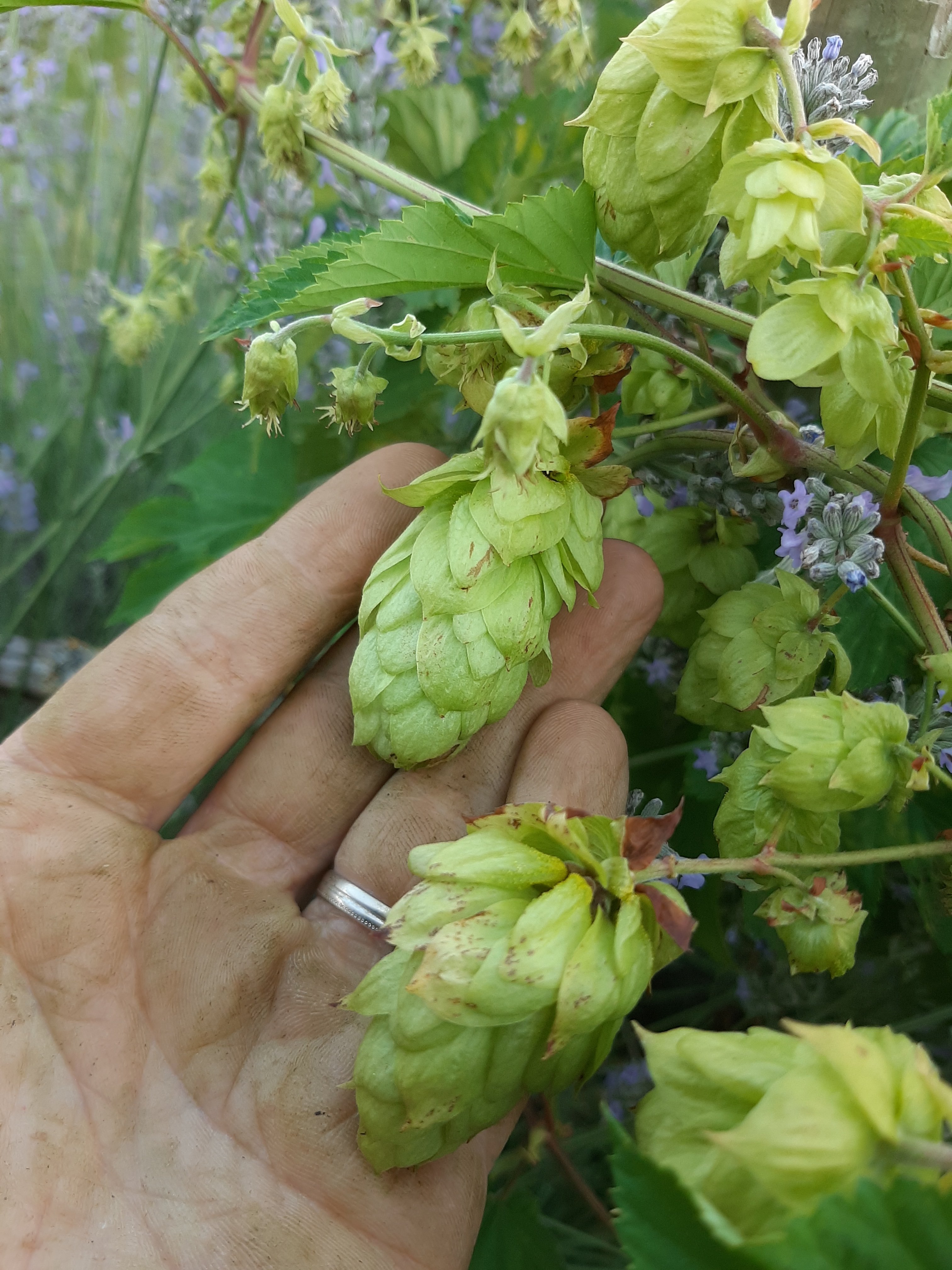
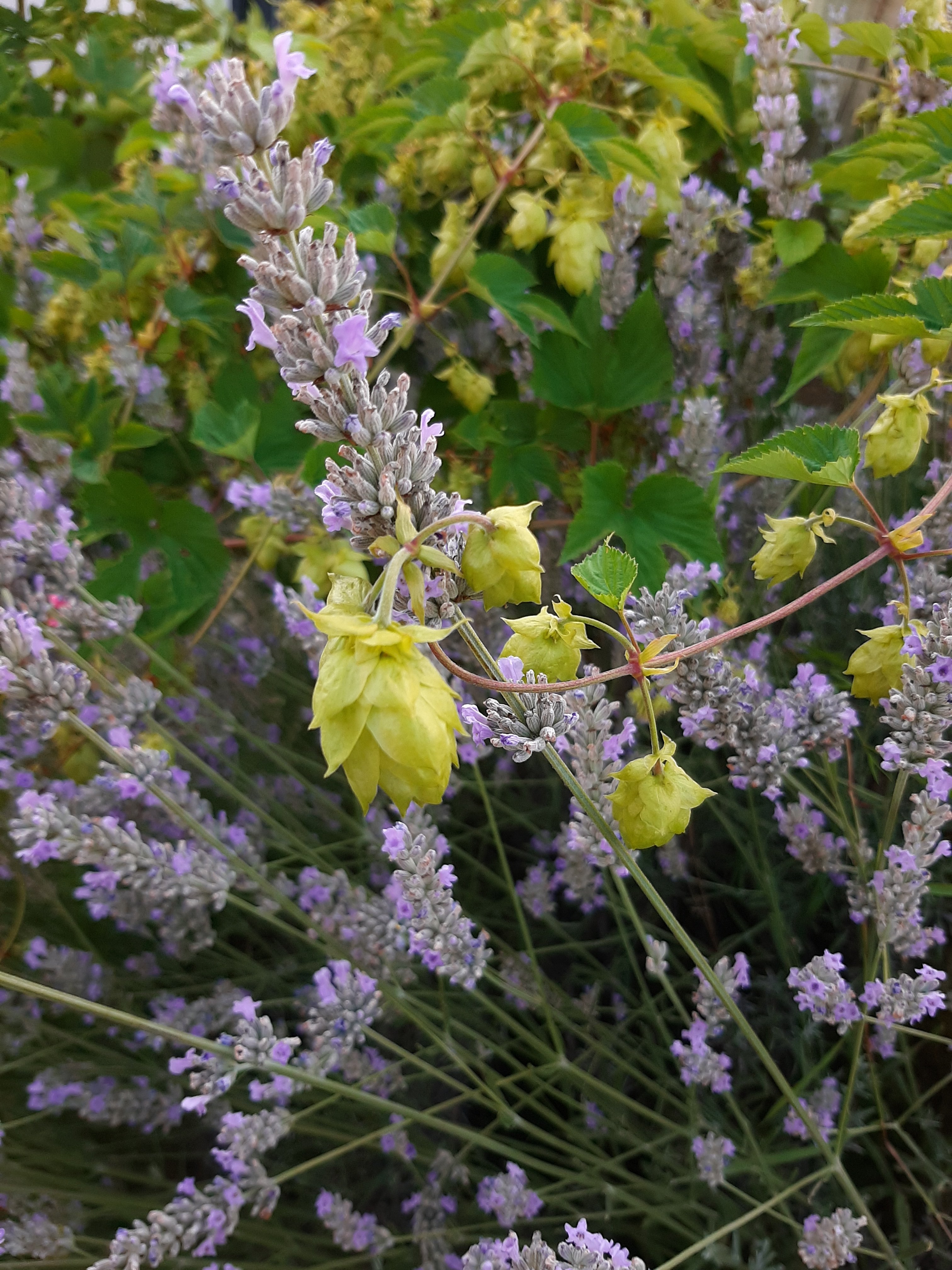










































![Craft A Brew - Safale S-04 Dry Yeast - Fermentis - English Ale Dry Yeast - For English and American Ales and Hard Apple Ciders - Ingredients for Home Brewing - Beer Making Supplies - [1 Pack]](https://m.media-amazon.com/images/I/41fVGNh6JfL._SL500_.jpg)












